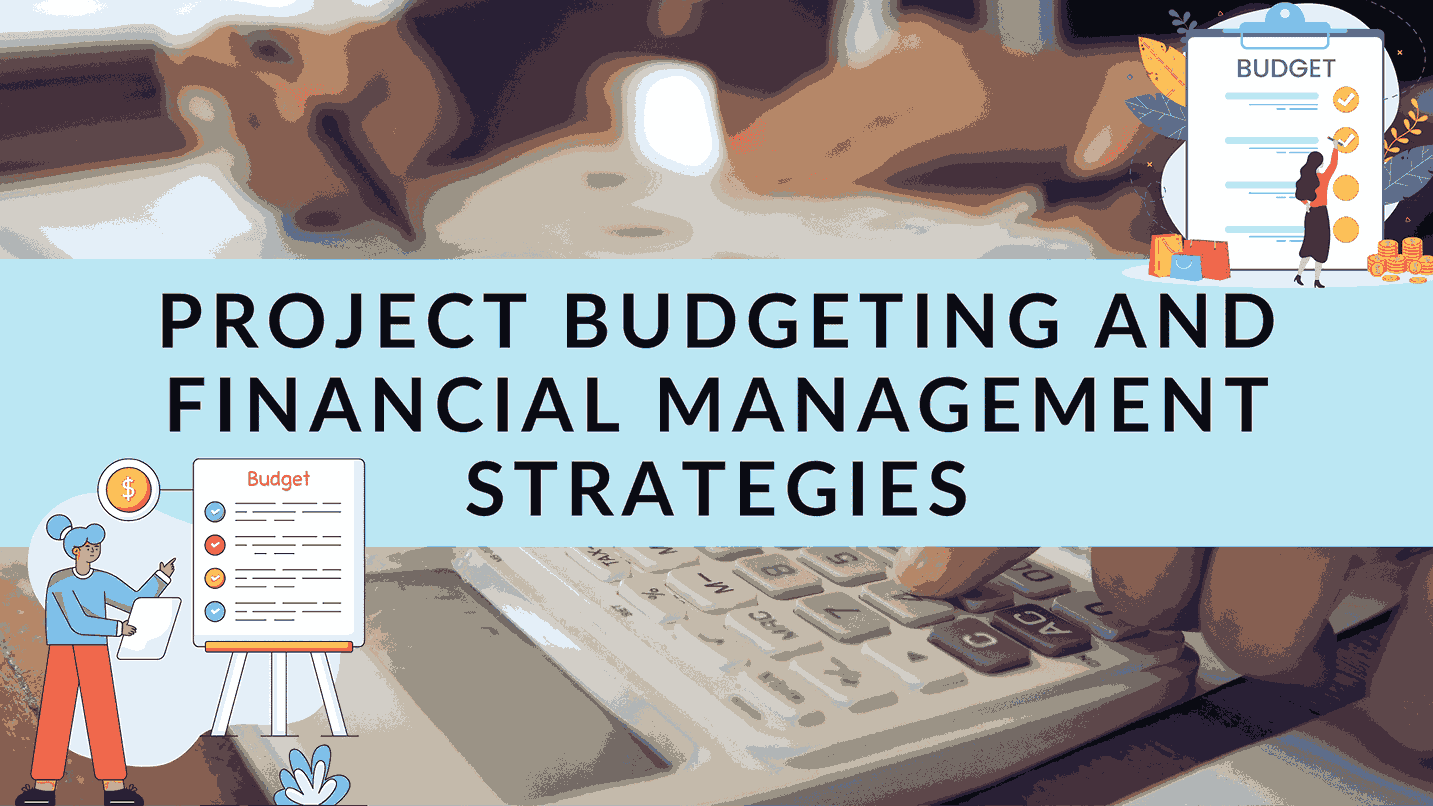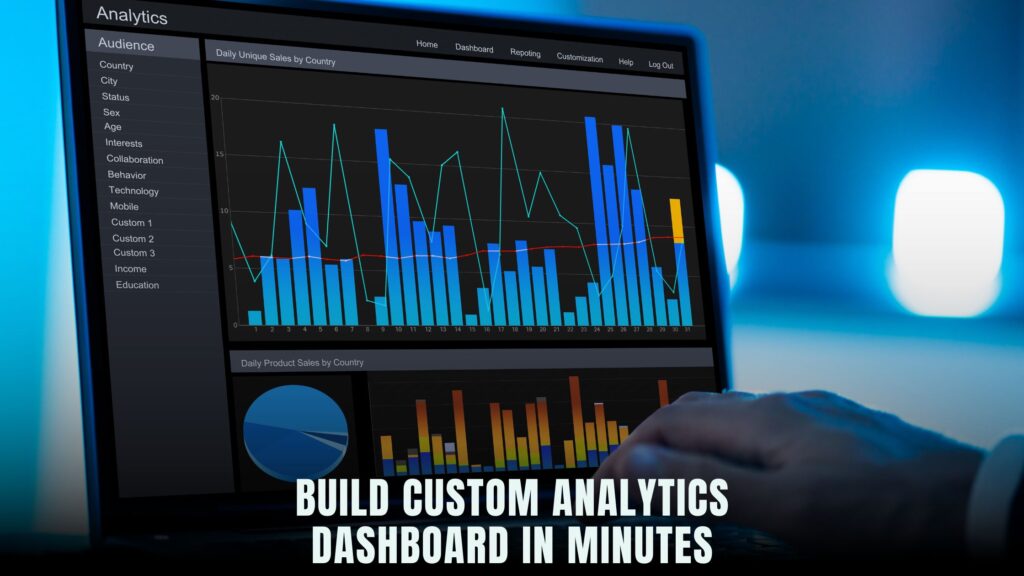Project budgeting and financial management strategies


Project Budgeting and Financial Management Strategies
Project Budget Management: Everything You Need To Know
Project Management
Even though the budget is only one aspect that determines the success of a project, it’s an important one—28% of project failures are attributed to inaccurate cost estimates. It takes skill and experience to forecast the cost of a project correctly and, as you’ll read below, even skilled project managers typically need software to support their efforts. At ClearPoint, we talk with a variety of customers about ways to structure their project cost data in our reporting software. As a result, we’ve gained plenty of insight into the project budgeting process and the different approaches to project budget management. This post covers all the essentials, from the importance of the budget in project management, to budgeting techniques, to tracking and reporting cost data. Let’s dive in.
Table of Contents
- Project Budget Management: What is it?
- The Importance Of Budget In Project Management
- Project Management Budgeting Methods
- Project Budget Tracking Software: Do you need it (& why)?
- ClearPoint: Simplify & Improve Your Project Budget Reporting
Project Budget Management: What is it?
Project budget management is the process of administering and overseeing the finances related to business projects. It’s not only about coming up with a single overall number—say, $20,000 for a particular project to be completed—but about understanding the individual cost elements and the logistics of budget tracking. It includes thinking about things like:
- How is the overall number derived?
- How will the costs be spread out across project milestones?
- How will you track project costs?
- How will you report cost data periodically—will you use project budget tracking software or some other tool?
- How will you handle scenarios in which projects are running over or under budget?
- What’s your process for learning from past projects so you can make future project budgets more accurate?
- How will you handle portfolio budget management? It’s rare that an organization has only one project going on at a time—what’s your framework for managing multiple budgets at once and in context with one another?
The project budgeting process is ongoing, and something you should be consistently working on—not just a one-time cost estimation. Costs fluctuate, circumstances change, and project elements get derailed. Accounting for these aspects throughout the life of a project is all part and parcel of effective budget management.
The Importance Of Budget In Project Management
Budget is one of the criteria commonly used to determine whether a project was completed successfully. (Note that while budget, scope, and schedule are indicators of success in terms of project delivery, an overall determination of project success must also take into account if the outcome has supported the overall organizational strategy.) But it isn’t all about project completion, and whether or not you managed to stay on or under budget. Budgets are important for other reasons, too.
Finances determine which projects an organization will undertake. Some organizations plan projects as part of the creation of their strategic plan; others have project charter phases to review new projects intermittently. Either way, cost plays a role in new project analysis. Organizations must determine if a particular project is feasible in terms of cost. Can the organization afford to take on the project? And if the project produces an outcome that requires continued funding, will there be money available in the future to do so?
Organizations must also be concerned with strategic funds allocation. Where are the organization’s priorities, and where would money best be spent? If three projects are presented, and two could be done for the cost of one, which would have the better outcome? In some cases, two projects might be the wiser decision; in others, the more expensive project might have a bigger impact. Balancing issues like these within a project budget framework is key.
And if your organization is doing project budget management right, you’ll have data from previous years showing what worked and what didn’t. If you can apply those insights to upcoming projects, you can choose the projects with the greatest potential for future success.
Coming in under budget isn’t as great as you think it is…
In general, most finance departments would agree that if a project comes in under budget, it can be chalked up as a success. And from their perspective, that may well be true. But we would argue that, from an organizational perspective, emphasizing budget accuracy over keeping projects under budget is better for a company’s long-term prospects.
Under-budgeting isn’t always bad, but if it happens consistently, your organization is likely missing out on opportunities to grow. Say, for example, there are three projects on the table for consideration, all of which have budgets attached. Based on the numbers presented, company leaders may decide there aren’t enough available resources to commit to doing all three, thus deciding to drop one. If both selected projects come in under budget, that means resources were tied up for no good reason—and your organization may have forfeited the chance to do an additional project that could’ve also produced a measurable return. Being accurate about a project’s cost enables organizations to potentially do more projects and reap greater benefits as a result.
That said, there are always legitimate reasons why projects might come in under or over budget. Unforeseeable circumstances may increase costs; on the flip side, something once identified as important to a project may turn out to be not very useful. But rather than examine each project individually, some organizations emphasize always delivering under budget, sometimes to the detriment of the final output. Still, others are too cavalier with the budget and don’t feel bound by a predetermined set of numbers.
A “Goldilocks” Budgeting Approach
Most high-performing organizations take a “Goldilocks approach” and try to strike a balance between being budget-obsessed and totally carefree, assigning the “just right” amount of importance to the budget in project management.
To better analyze a project budget and all its twists and turns, your project budgeting process should include some way of gathering qualitative data (in addition to quantitative data) that tells the “story” behind the numbers. Why did it cost more? Why did it cost less? Having that information will help you make more informed decisions around budget adjustments, and better estimates for future projects. It will also help you communicate about your project and its budget throughout your organization.
Project Management Budgeting Methods
There are multiple ways to approach project budgeting. All organizations have different types of projects, different ways of operating, and different resources, which makes it difficult to create a project management budget template for use by all organizations.
In the end, it may simply be that your organization’s project management office will determine the approach for you.
Some of the most common project management budgeting methods are:
1. Bottom-up— This approach involves looking at individual components of a project, assigning costs to each, and then totaling them up to arrive at an estimated cost. This approach often involves employees in various departments outlining the necessary tasks and steps involved to complete their portion of the project.
2. Top-down— This is the opposite of bottom-up, where you start with an idea of the project total and divide it, allocating portions to various project tasks. To formulate the original figure, management may consider the cost of past projects, previous budgets, current economic conditions, and more.
3. Three-point estimate— This approach takes into account the best- and worst-case cost scenarios for each task involved in the project, along with a number representing the most likely estimate; those numbers are reconciled to estimate a budget. This method can be useful because it specifically considers the risks involved in a project.
4. Parametric estimation— This approach breaks down the project into various tasks and uses specific parameters based on industry data and previous projects to calculate costs. For example, if it took 10 hours and 3 employees to install a fence three years ago, you can find current industry rates for doing the same task this year to calculate how much it would cost. This method is quite accurate but also fairly sophisticated and not as commonly used as the previous three methods.
5. Analogous estimation— This approach involves estimating the cost of a current project by looking at the cost of similar past projects. If the projects are very similar, this method could be accurate, but in general, you want to make sure you are making proper comparisons to ensure you produce the most reliable cost estimation.
After each project or couple of projects, we recommend reviewing the budget piece specifically—how accurate were your estimates? The more you analyze your results, the smarter you can get about being a responsible steward of your organization’s resources. You might start out using a bottom-up or top-down approach, but having collected enough data from your projects over time, you might try an analogous or parametric technique, which could be more accurate. Many large organizations incorporate some aspect of each of these project management budgeting methods into their calculations.
Project Budget Tracking Software: Do you need it (& why)?
The job isn’t done once you’ve determined a budget—two other important components of the project budgeting process remain: tracking costs and reporting on them. Leaders are equally as concerned about the finances of an ongoing project (how the budget is performing) as they are with project status (what’s happening and when).
However, project managers face a few challenges with tracking and reporting:
- They lack the tools to tie project data to the organizational goals they support. Most projects (but not all!) are intended to help your organization achieve its key goals, yet they are tracked separately from other projects, and out of context of the larger strategic plan and the portfolio budget as a whole.
- Numbers can be hard to digest. You can pass out spreadsheets filled with cost data, but this “wall” of numbers takes effort to absorb and offers little in the way of context.
- Tracking down cost data from numerous individuals takes time. Project managers can spend hundreds of hours updating finance documents, between the time it takes to send reminders, fill in numbers, and analyze the latest cost data against projected budgets.
Tracking and reporting doesn’t have to be this hard, but lots of project teams get stuck in an Excel rut, having created their budget in the program originally. Even after a project gets the green light, they continue tracking numbers in the same spreadsheet, updating the columns and making copies manually in advance of every meeting. And as for budget analysis—detailed benchmarking and comparisons usually fall by the wayside.
It would be hard for any project manager to generate interest in the budget with only a few numbers presented in an Excel spreadsheet.
The right project budget tracking software can solve all these challenges, giving you better insight into how projects are performing, with a lot less hassle.
ClearPoint: Simplify & Improve Your Project Budget Reporting
ClearPoint is comprehensive strategy management software that gives you a level of insight into your projects that you can’t get with other project management software solutions (like Microsoft Project):
It allows you to link projects directly to your organizational or departmental goals, so you can not only track individual project budgets, but also link budgets together to an overall measure tracking strategic project spend.
The reason you’re pursuing projects is to create an outcome—outcomes that ideally you’re tracking with performance measures. If a project is successfully completed, you hope to see a change in those performance measures, which in turn informs your goals. ClearPoint makes it easy to see if your projects are improving outcomes. It can also act as the hub of information for your most important projects, giving a high-level view to any audience about how projects that impact your strategy are faring.
Other ways ClearPoint improves the project budget management process:
It turns numbers into visuals, making data easier to consume and interpret. Dashboards go beyond just reporting information—they organize it and perform automatic evaluations for maximum value. A budget vs. actual dashboard visually compares an initiative’s projected budget with the actual amount spent on the project thus far.
Project budget dashboards clarify various aspects of budgeting, including a comparison of actual vs. budgeted costs of one or more projects and a continuously updated forecast of final project cost. (ClearPoint also gives you the ability to make custom charts so you can track what you like!)
ClearPoint dashboards also include status indicators so you can see at a glance if you’re staying within budget. Green arrows indicate the project is within 5% above or below what you budgeted; yellow boxes indicate 15% either way; and red arrows indicate costs are outside the 15% range. You can drill down into any aspect of a project to get more specifics.
Another example of how to display budget information in ClearPoint’s project management software is shown in the project budget dashboard below. It displays the current spending to one-year average, and shows year-to-date expenditure compared to the organization’s historical spending pattern.
Project managers and finance departments can use dashboards and charts to gain a better understanding of how well projects are staying on budget, and how that may impact the company’s budget for all projects.
It simplifies the data-gathering process. All project budget management software solutions help manage your strategy in certain ways, but the best software also saves you time.
ClearPoint automates various aspects of budget tracking and reporting to make your job easier:
- It can send automatic reminders to project, measure, and goal owners with a list of what they should update, and gently nudge them a second time until they complete their work.
- It can send automatic notifications when things you own or watch turn red or off track. If, for example, your budget is surpassing the estimated cost, you’ll be alerted in real-time.
With the right tools and software like ClearPoint, managing project budgets becomes a streamlined and efficient process, allowing organizations to make informed decisions and achieve greater success in their projects.
In conclusion, effective project budgeting and financial management are crucial for the success of any business or project. It’s important to utilize the right tools and resources to streamline these processes. This is where Subscribed.FYI comes in. With its comprehensive insights and centralized platform, it provides a one-stop solution for freelancers and small teams to understand, compare, and manage their SaaS stack. By unlocking secret deals and offering a subscription management solution, Subscribed.FYI can help businesses save time and money while making informed decisions about SaaS tools. It’s a valuable resource that aligns perfectly with the strategies discussed in this article.
If you’re looking to optimize your project budgeting and financial management, consider checking out Subscribed.FYI Deals for free member-only deals on 100+ SaaS tools. With the ability to compare, evaluate, and select the best options for your specific requirements, Subscribed.FYI can be a game-changer for your business. Take control of your expenses and make informed decisions with this powerful platform.
Relevant Products:
- Project Budget Management: What is it?
- The Importance Of Budget In Project Management
- Project Management Budgeting Methods
- Project Budget Tracking Software: Do you need it (& why)?
- ClearPoint: Simplify & Improve Your Project Budget Reporting
- project budget tracking software
- project management budgeting methods
- estimated cost
- Subscribed.FYI
- Subscribed.FYI Deals











